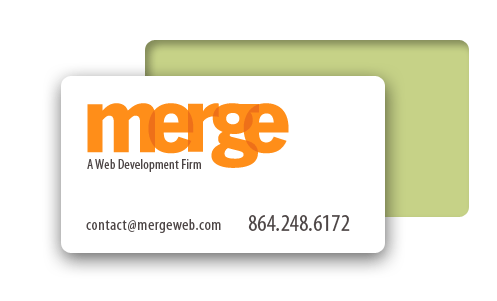Recently, we attended a party where the theme was “The Last Supper” and each couple brought something they’d want to eat if it were, well, their last supper.
It didn’t work so well-at least in what people brought. But what was more interesting was the question I asked: “If this was your last supper, where would you eat and what would you have?” Some responses:
-Carrabbas - Chicken Marsala
-McDonald’s - with the Quarter Pounder done right
-Carrabbas - they’re Caesar salad—ooh.
-Baskin Robbins - Bubble Gum Ice Cream
-Olive Garden - Bottomless Soup and Salad
Really? Does this strike you as, well, boring? Or should I say safe? I mean, come on, your last supper and you want to eat at a chain restaurant? Now, I’ve never eaten at Carrabbas, so maybe it’s great and food worth dying for. I doubt it. (The McDonald’s comment I sort of get!).
The point is, we don’t venture out. And when I say, we, I mean me, because I think it’s all relative. I might have chosen a more “original” restaurant then the ones above, but I may still pick something here in Greenville. Someone really cultured would probably pick a restaurant in France, Italy or somewhere else known for really good food.
These responses show the power of a brand (consistent, reliable experience; i.e. if it’s going to be my last supper I want to make sure I like it!) but they also reveal a glaring weakness of a brand: We don’t want to think anymore. We don’t want to risk. We just want to know that we’re going to like what we’re going to buy, no surprises. It makes for a very mediocre life, doesn’t it?
Instead of going to the beach this year, go to the mountains. Instead of going to your favorite restaurant, hope online and fine a well-reviewed hole in the wall. Instead of going to watch that blockbuster movie this year, rent a foreign film (or go up to Asheville to their foreign film theater). Instead of going to the Peace Center for a play, go to one of the smaller theaters (there are about 5 of them in Greenville alone-or if you haven’t been to a play in five years, then go to the Peace Center!). Instead of playing the same golf course for the 12th time in a row, go try one of the other 50 you’ve never played. Instead of watching your favorite TV show, talk to your wife. Instead of listening to your music at home, go out and listen to live music.
I think I got off track. But the point is this: Brands can be like habits. We don’t think and we just do them. To live a little, get out of brand-land. Maybe anti-branding is the new brand?
